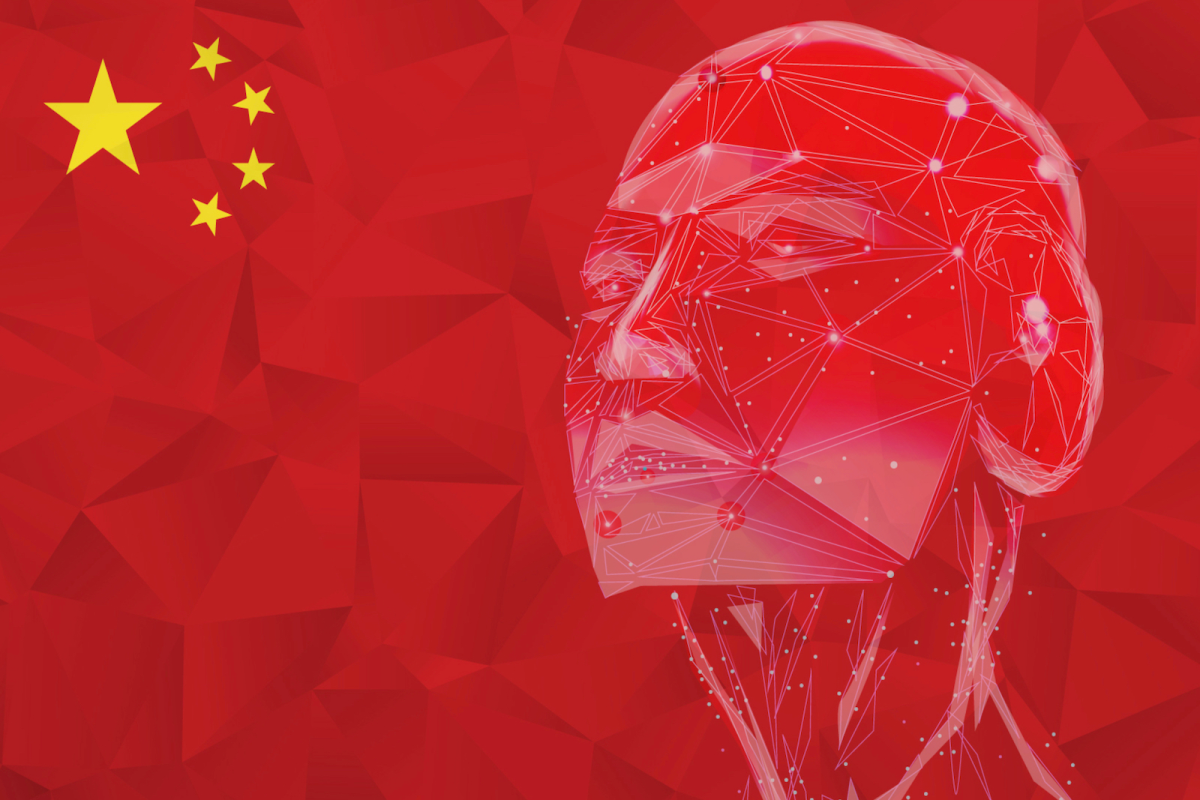The global race for artificial intelligence (AI) supremacy is a sprint laden with hurdles, and China, armed with ambition and vast resources, is determined to be at the forefront. However, beneath the surface of its rapid AI advancements lies a complex reality. While China champions its achievements, concerns linger about its reliance on foreign technology and its ability to keep pace with the United States, particularly in the burgeoning field of generative AI (Generative Pre-trained Transformers, GPTs).
A Reality Check: Borrowing Bricks or Building Foundations?
China's AI aspirations are undeniable. Backed by billions in government funding and fueled by private investments, the country boasts numerous AI ventures. However, a closer look reveals a dependence on American open-source models like Meta's LLaMA. Companies like 01.AI, despite their billion-dollar valuations, build upon these foundations, raising concerns about long-term innovation and potential vulnerability to disruptions. This reliance stands in stark contrast to the United States, where companies like OpenAI and Google are actively building their own foundational models from scratch.
Navigating the Regulatory Labyrinth: Innovation Under Wraps?
China's strict regulations, designed to control public discourse and maintain social stability, create a complex environment for AI development. While these measures aim to curb harmful applications, they inadvertently stifle experimentation and the risk-taking crucial for pushing the boundaries of AI. This cautious approach contrasts with the more open landscape in the US, where companies are encouraged to explore and innovate, even if risks are involved.
Short-Termism: Quick Wins Over Long-Term Vision?
Investor pressure for immediate returns in China often steers resources towards readily commercializable applications of AI, neglecting foundational research and long-term strategic goals. This short-term focus might deliver quick wins but may hinder China's ability to compete in the long run, especially against competitors like the US who prioritize a deeper understanding of the underlying technology.
Chip Roadblocks: Hamstrung by Hardware Hurdles?
Adding to the challenge are U.S. restrictions on AI chip sales to China. These chips are crucial for training generative AI models, and their limited availability further hinders China's progress, potentially slowing down development and amplifying its reliance on open-source alternatives.
The Pressure to Catch Up: A Sputnik Moment for China?
Despite these hurdles, the pressure on China to match the rapid advancements of the US, particularly in light of breakthroughs like ChatGPT, remains immense. This "Sputnik moment" fuels rapid development efforts, even if they rely heavily on external technologies. The ambition is undeniable, but the question remains: can China truly compete when playing by someone else's rules?
Shifting Gears: From Borrowing to Building?
While some Chinese companies continue to rely on open-source models, others are venturing into building their own foundational models. Tech giants like Alibaba and Tencent are making significant investments in this area, signifying a potential shift in strategy. Additionally, niche players like AIsphere, focusing on specialized areas like video generation, are exploring alternative paths to innovation, aiming to leapfrog existing technologies.
Rethinking Regulations: Balancing Innovation with Control?
There are growing calls for policy adjustments in China to foster long-term research and encourage domestic innovation. This includes potentially streamlining regulations and creating a more supportive environment for experimentation, while still addressing concerns about social responsibility and security. Balancing these competing interests will be crucial for China's long-term AI success.
The Global Chessboard: More Than Just a Tech Race?
The AI race extends beyond technological competition; it has geopolitical implications. As the US and China vie for dominance, concerns arise about potential misuse of AI for surveillance, propaganda, and even military applications. This necessitates international collaboration to establish ethical guidelines and prevent an AI arms race that could destabilize the global order.
Beyond the Headlines: A Complex Narrative Unfolds
China's journey in generative AI is far from straightforward. It's a narrative woven with ambition, challenges, and strategic shifts. While concerns about its reliance on foreign technology and regulatory hurdles are valid, China's efforts to build its own foundational models, explore niche areas, and potentially adjust its policies demonstrate a willingness to adapt.
Ultimately, navigating the ethical and competitive complexities of generative AI will require not just individual national efforts but also global cooperation to ensure its responsible development for the benefit of all.





